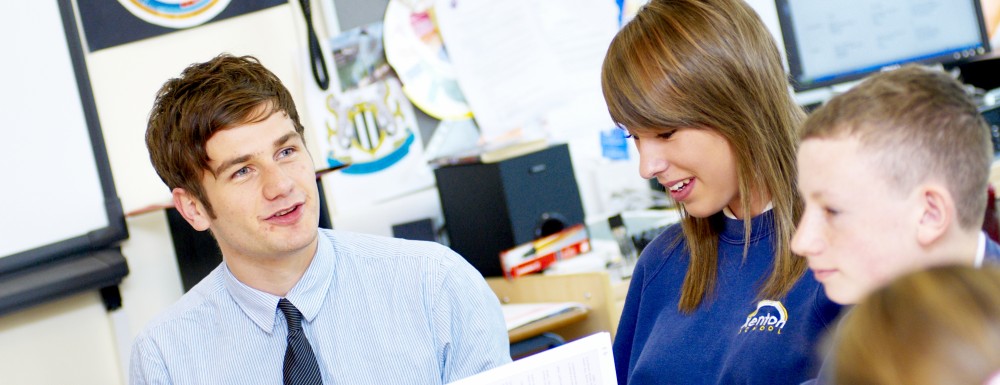Nationally, the speed of change involving education policy is rapid and much of teachers’ and school leaders’ practices is overwhelmingly dominated by externally imposed agendas. Careers of school leaders now seem to hang in the balance as the benchmarks of what is deemed acceptable in terms of school improvement are apparently edged up each year. In the UK, this is referred to as a culture of ‘performativity’ (Ball, 2000). It is used by government to raise standards in schools, which, in turn, are intended to raise the educational achievement of the mass of the population. ‘Performativity’ is a technology of power composed of public league tables, targets and inspection reports that regulate practice (Ball, ibid.). Teachers and school leaders perceive these as high stakes due to the potential for judgements to be made about the quality of teaching or a school’s success (Ball, 2003). It is against this backdrop that aspiring leaders start programmes for the national the National Professional Qualifications for Middle Leadership (NPQML), National Professional Qualification for Senior Leadership (NPQSL) and National Professional Qualification for Headship (NPQH). This blog reflects on my role and experiences as Deputy Director of these programmes for a National College for Teaching and Leadership (NCTL) licensee in the North of England.
The purposes and principles of the final assessment process for NPQML, NPQSL and NPQH are to provide a common framework for licensees and assessors throughout England. Competencies and level indicators provide readily recognisable standards for all stakeholders in schools; governors, teachers and parents, and a common language for leadership across the nation. In part at least, they are geared towards the performative education culture. However, the assessment process does include opportunities for more formative opportunities to raise the awareness of participants, their coaches and facilitators with regard to their own agency: what they do and how they act. Going further, it must also address concepts of ‘self’, ‘space’ and ‘time’ if it is to enable shifting leadership practices which demonstrate impact on future leaders’ selves, teams, and student outcomes (Forde et al., 2013).
One way to make sense of these dimensions is through dialogical self theory (DST) (Hermans, 2001)resents the ‘self’ in relation to ‘internal positions’ and ‘external positions’. In the context of the National Professional Qualifications for school leadership and participants’ practical experiences in school, an example of DST might be the relationship between ‘I as a teacher’ (internal position) in relation to ‘my NPQ programme’ (external position). It might also be ‘I as an aspiring leader’ in relation to ‘my NPQ programme’ (external position) or even ‘I as over-worked’ (internal position) in relation to ‘my NPQ programme’ (external position). Other possibilities include ‘I as a teacher’ (internal position) in relation to ‘my in-school coach’, ‘my face-to-face day facilitators’, ‘the online learning environment’ (external positions). For all aspiring school leaders, performativity is perhaps the most significant ‘external position’, in relation to which the potential for their vision of leadership development in relation to participants’ agency might be seriously reduced. That said, the multiple dimensions are limitless and I wonder whether the current assessment provision truly accounts for these factors. In other words, do the means by which we judge capacity to lead acknowledge the widest possible development of agency necessary to fulfil the complex demands of the genuine leadership challenge?
Taken from BERA
Written by Anna Reid, Lecturer in Educational Leadership
